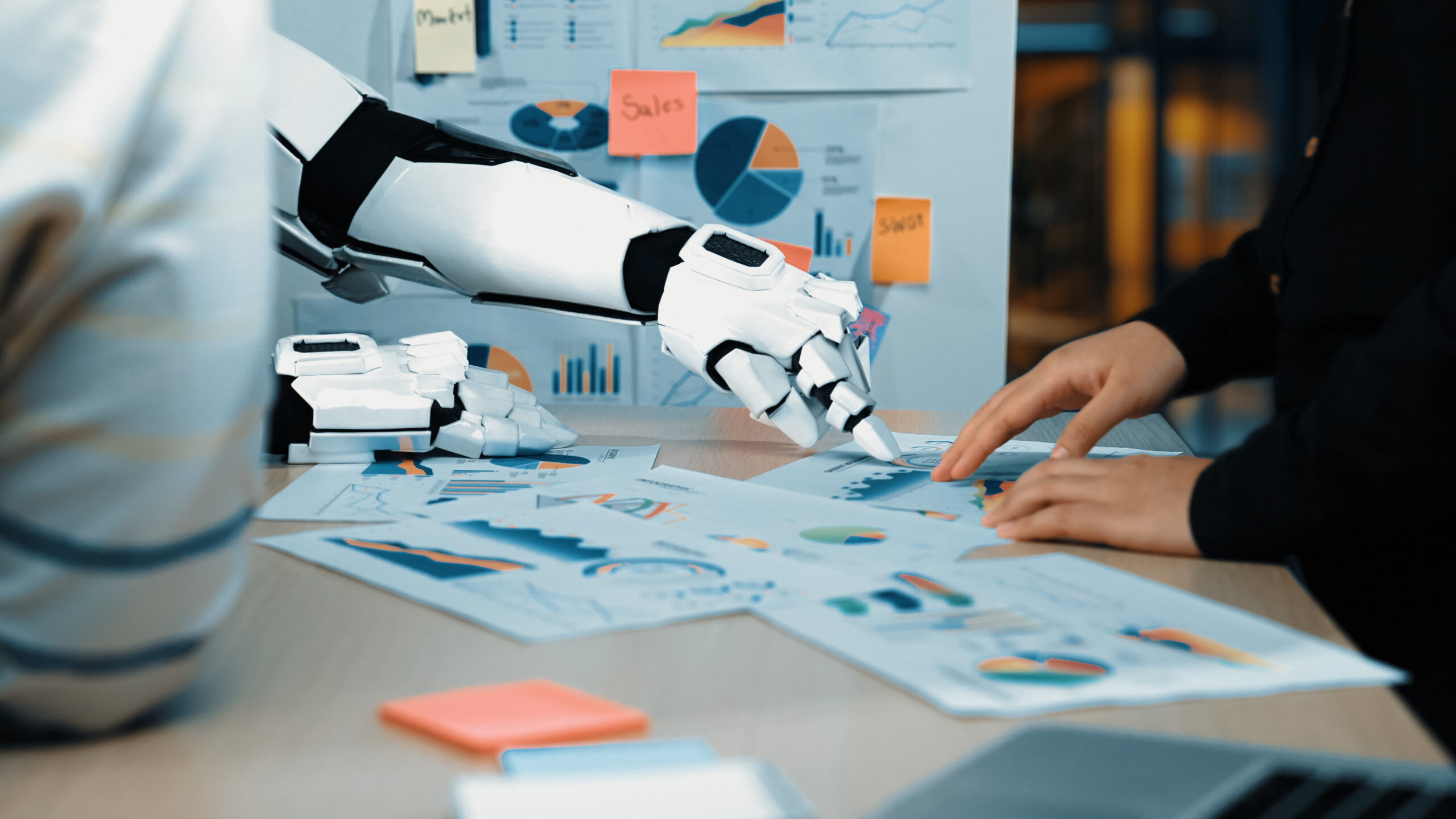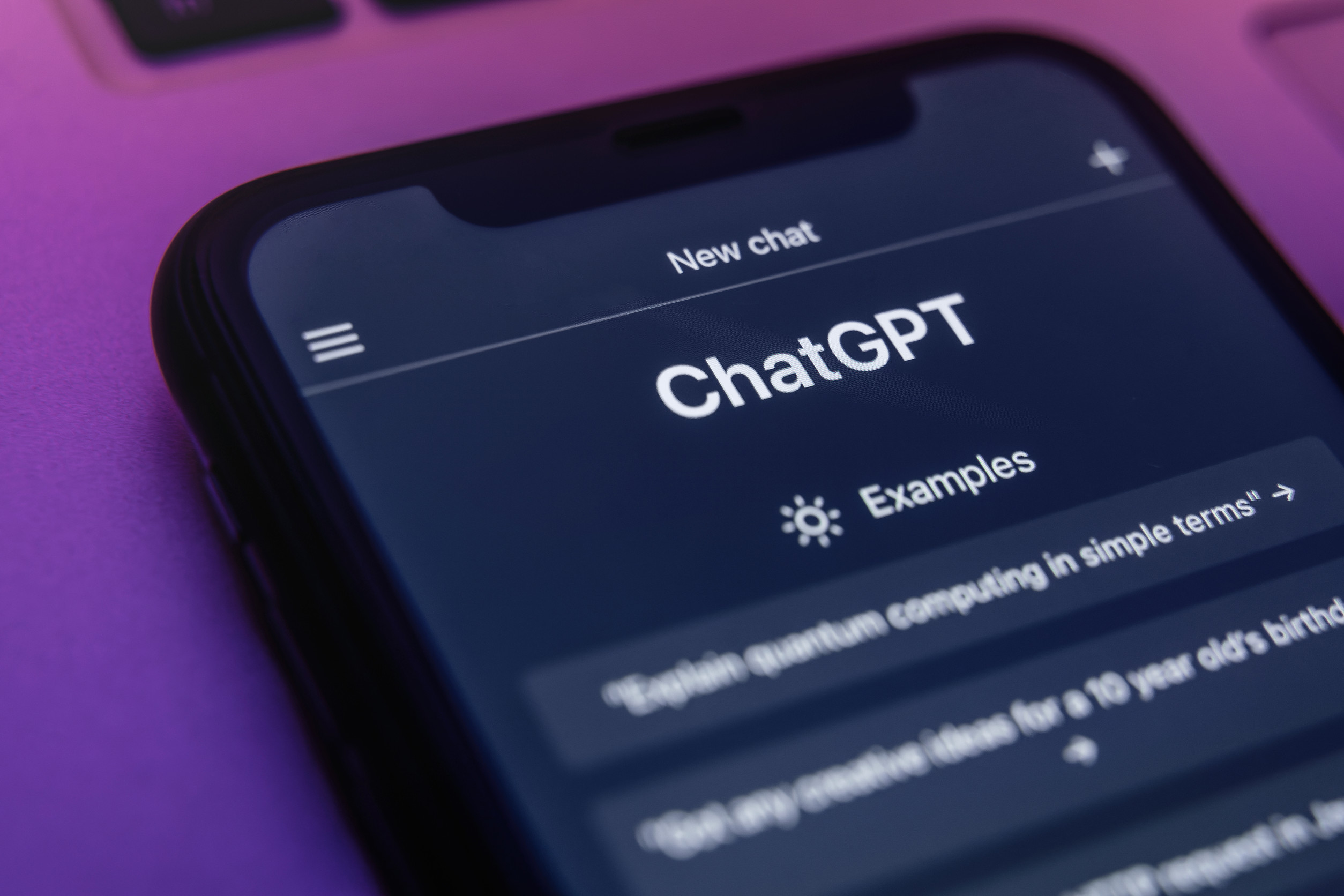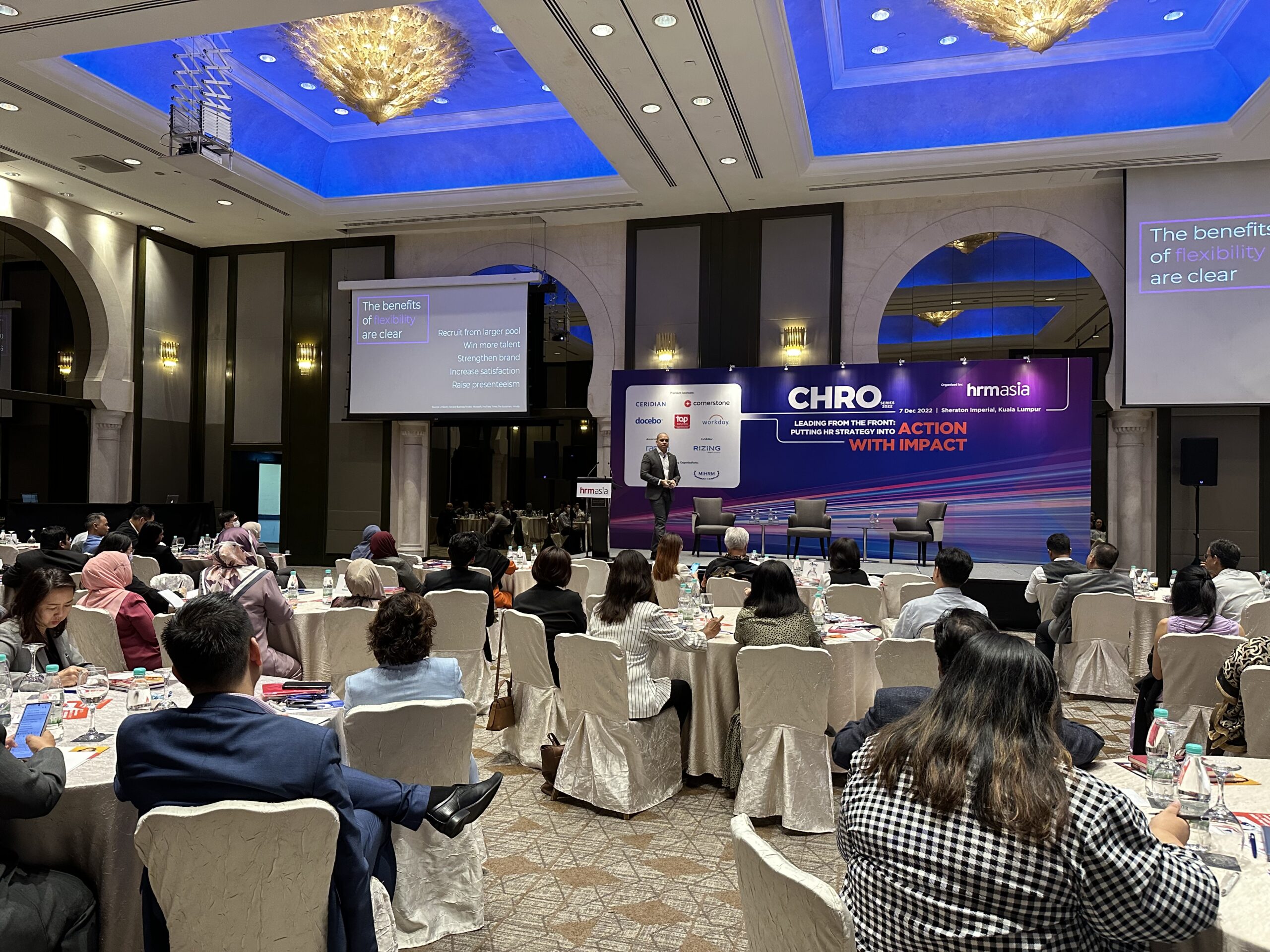Doing more with less: How HR can adopt GenAI without losing the human touch
- HRM Asia Newsroom

In today’s climate, HR is being asked to do more with less—and still show up as the beating heart of the organisation. It is a paradox most of us have learned to live with. But now, generative AI (GenAI) has entered the scene and has quickly become one of the most transformative forces in business today, with HR being no exception.
The promise of AI is real. But so is the risk.
A recent survey found that 62% of jobseekers in the US would consider not applying to organisations that use GenAI during the hiring process. That figure is even higher if AI use is not transparently communicated or if the role of humans is unclear.
That statistic is a wake-up call. HR leaders are at a crossroads of duality, with AI offering a powerful tool for productivity and a potential threat to the human-first culture that employees value.
Six ways to retain the human touch in tech-powered HR
As an HR executive who has led through tech integrations, culture transformations and global workforce shifts, I have learned that the best technology does not just improve processes; it makes space for presence. Here is how HR leaders can adopt AI with confidence while holding tight to what matters most.
1. Use GenAI to create capacity, not distance
Start by asking: Where are we spending too much time on low-value work? And what could we do with that time if we got it back?
At my organisation, we use GenAI to draft job descriptions, summarise engagement surveys and generate first-pass communications for internal campaigns. These tools help us move faster, and more importantly, they help us be more present.
AI can write the first draft, but only humans can write the trust. That is the north star. We are not replacing relationships. Instead, we are making more space for them to thrive.
2. Redesign the work, don’t just speed it up
Adopting AI is not about bolting automation onto broken processes. It is about rethinking how we work, starting from outcomes, not tasks.
Rather than inserting AI into outdated processes, we should use it to reimagine them. One example: Instead of using GenAI to speed up quarterly reviews, we restructured performance enablement to be ongoing, lightweight and contextual, and embedded AI prompts into manager tools that encourage coaching in real time.
We did not ask AI to do more work for us. We asked it to make better work possible. The future of HR is not less human; it is more intentional.
3. Lead with ethics and transparency in using GenAI
Trust is currency in HR, and more importantly, in leadership. We cannot afford for AI to spend it carelessly. Any rollout of AI-supported initiatives and tools must be grounded in ethical frameworks and clear communication.
When we piloted a GenAI tool to support compensation benchmarking, we did not just run it through legal. We invited employee feedback and clearly communicated that no tool would ever replace human judgment in pay decisions. The response? Cautious optimism grounded in trust.
Because if employees do not understand how AI is being used, or worse, feel like it is being used on them instead of for them, HR loses credibility fast.
4. Evaluate AI vendors through an HR lens
Too often, HR is brought in after a tech decision has been made, especially with fast-moving AI tools. But in 2025 and beyond, HR leaders must be proactively involved in vendor selection—because ethics, transparency and employee experience should be core buying criteria.
When selecting the right HR management products with AI solutions, we should be asking:
- How was the model trained, and what data privacy standards are in place?
- Can the tool explain its recommendations in ways that are auditable and compliant?
- How does the vendor measure bias mitigation and fairness?
- What do real users say about implementation, trust and value delivered?
HR leaders should be empowered to make more confident, informed decisions by bringing unfiltered, verified feedback into the buying process. It is not just about comparing features and pricing. It is about understanding the lived experience of people who have tried the tool inside organisations like yours.
In a market flooded with bold claims and AI buzzwords, buyer intelligence is HR’s competitive edge.
5. Upskill for curiosity, not just compliance
If HR is going to lead AI adoption, we must move beyond fear and into fluency.
HR teams should be leading the business with AI knowledge, skills and abilities. We invested in GenAI prompts upskilling for our people team with safe, collaborative spaces where we could test, learn and iterate. This helped to build confidence, and the energy shifted from “Is this going to replace me?” to “How can I use this to do my job better?”
This reinforced the idea that you do not protect the human touch by avoiding AI adoption. You protect it by leading with it.
6. Anchor in humanity at every step
Technology can give us scale, insight and speed. But it cannot give us empathy, nuance or trust. That is still our job and our power skill.
Every time we consider a new AI use case, we should ask: Will this help us serve people better? Will it free up time for deeper listening, clearer coaching and more thoughtful leadership?
READ MORE: Growth mindset in action: Unilever International pioneers a new era of AI-powered leadership
If the answer is yes, lean in. But we should never forget that our core work is still, and will always be, deeply human.
AI will reshape HR, but into what?
AI will reshape HR. That is inevitable. But whether it reshapes us into something colder or something more courageous is a choice.
Responsible AI adoption in HR is not just about doing more with less. In an era defined by speed, automation and scalability, HR teams that will lead the future are those willing to slow down enough to ask, “What should we never outsource?”
The answer is simple. Trust. Empathy. Courage. The human touch.
This is our moment to design a future where HR is not consumed by technology, but elevated by it. A future where we use AI not to do less of what makes us human, but more. Because the future of HR is not less human. It is simply more intentional.
About the Author: Jamy Conrad is Vice-President of People at TrustRadius. This article was first published on HR Executive.






